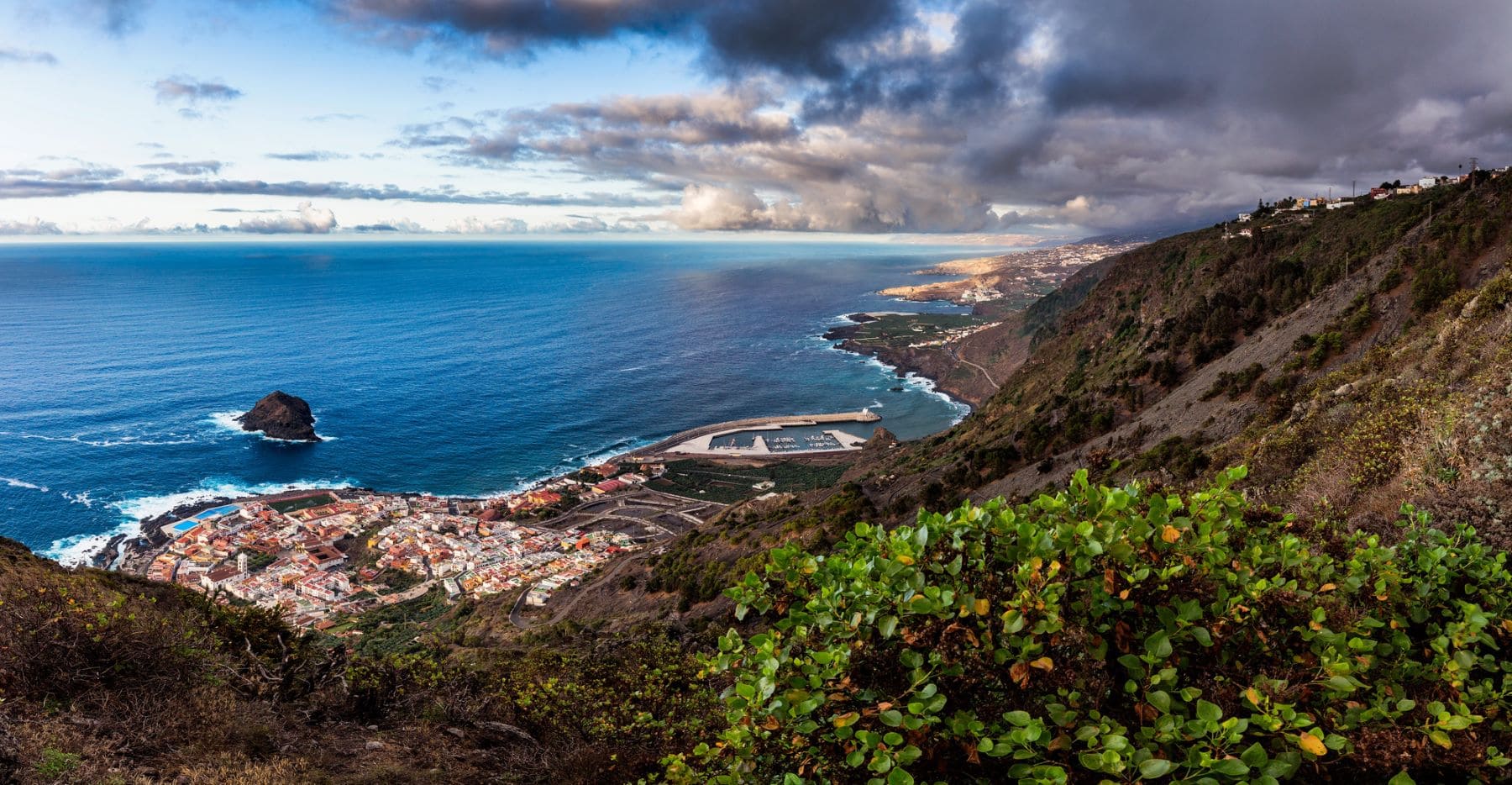LIFE Garachico proposes the development of methodologies whose objective is the creation of a strategic framework of flexible adaptation for the coastal municipalities of Macaronesia, in order to increase the Resilience of these areas against extreme, current and future coastal events, due to climate change.
Innovatively, in the Life program Garachico (which has financing of European funds Life includes a Participatory dynamic approach, which positions citizens as the protagonist and fundamental part of the project.
Las coastal areas are highly sensitive areas of climate change And the Spanish island coast concentrates a high percentage of population, economic activity and natural systems that can be affected by phenomena such as the rise in the middle of the sea, the modifications in the wind and waves regime, the frequency and intensity of the storms, the change in the patterns of the marine currents, etc.
Life Garachico Project against Climate Change
He Life Garachico Project, promoted by the Ecological Transition and Energy Ministry of the Canary Islands Government and partially funded by the European Union, successfully exceeds its first real evidence in the detection and management of adverse coastal events.
The early alert system, in the test phase, has allowed both the Emergency and Safety Coordinating Center (CECOES 1-1-2) and the Garachico City Council received notices in advance planned (72 hours) which has facilitated the adoption of preventive measures. Thanks to this information, the risk areas were clear, ensuring that there were no vehicles parked on coastal avenue and that urban furniture was removed, thus minimizing possible damage.
The counselor of Ecological Transition and Energy, Mariano H. Zapata, highlighted the importance of this progress. “This project is an example of how we should prepare for the purposes of climate change on our coasts. The first real activation of the system has demonstrated its effectiveness, allowing acting in advance and minimizing damage, ”he said.
Zapata insisted that, although this early warning system that is part of the entire project “do not eliminate the problem of coastal floods in their entirety, it does allow it to be managed more effectively, since the objective is mitigate the effects of the sea and improve population safety”.
To which he also recalled that this system is still in a test phase, which continues to develop. “At the end of this month we will hold a meeting with the Cecos for SEguir working on the integration of the system into the Regional Emergency Protocol”, Said the counselor.
In this sense, Zapata stressed that this is A crucial step in our adaptation to climate change and an exportable model to other coastal areas of the Canary Islands that face similar challenges. “Our intention is to replicate this system in other vulnerable locations,” he said.
For his part, the mayor of Garachico, Heriberto González stressed that «Garachico is one of the most vulnerable places in the Canary Islands in front of maritime stormsso having this tool allows us to complement the information we used to count and anticipate to better protect our neighbors and the environment, ”he said. Finally, González explained that this project, “also has a phase of adaptation and protection works of the coast, for which the session continues to work to materialize as soon as possible.”
Life Garachico: Regional involvement with European funds
For the development of this project in Garachico, A thorough previous field study to analyze the risk of flooding of the coastal fronttaking into account the social, environmental and economic dimension of the area.
The first phase, initiated in 2021 and presented last year, had preparatory actions, consisting of the mapping and identification of risk, a social study to the inhabitants of the area, the cartography of High definition of underwater funds of the coast of the area, the analysis of wave parameters.
This is done to from images and artificial intelligence and the modeling of 150 million maritime predictionsboth in current and future scenarios, to study the problem in depth and raise possible solutions that decrease the risk.
Once this first phase is finished, the project now continues with a second, in which three actions will be carried out. The first one, already in development, is the Early flood alert system, which will be integrated into the Autonomous Canary alert systemin collaboration with the General Emergency Department, the improvement of marine flood response protocols, in coordination with the CECOES and other entities.
And finally, the Adaptation and protection works of the coast, which will help reduce the damage, current or futurecaused by the waves, of municipal competition such as the recess of the road, the adequacy of the parking areas and the installation of anti -impact banks that decrease the energy and damage that the waves cause.

